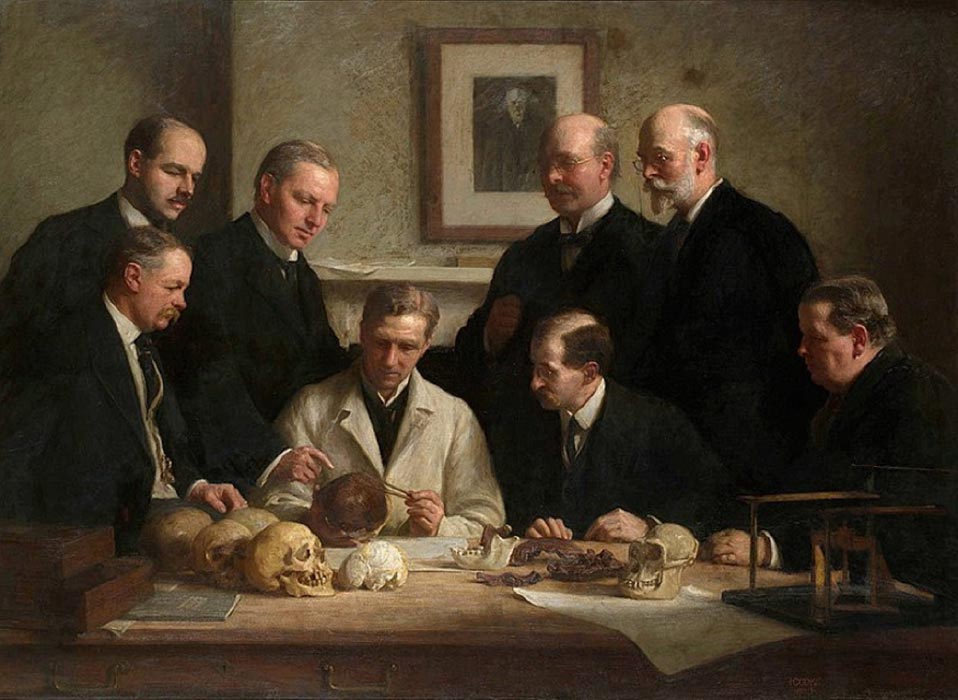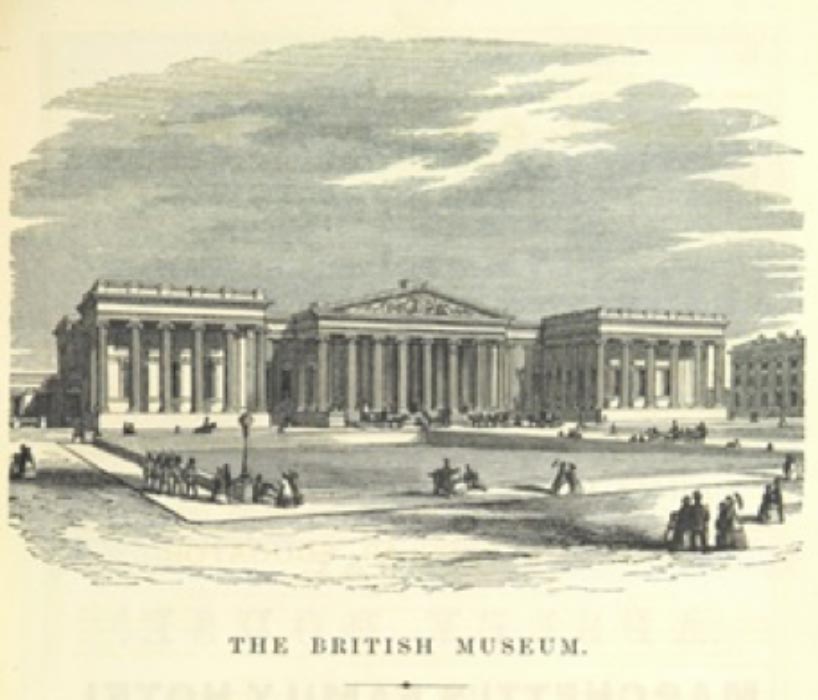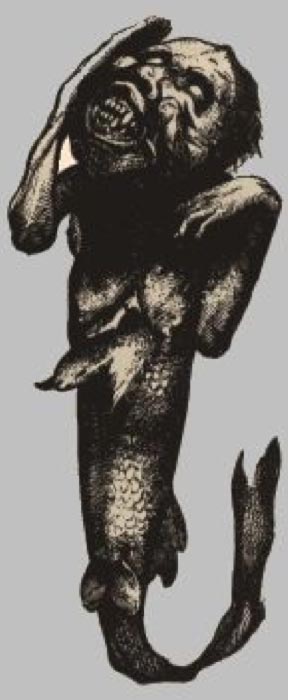
The Hucksters and Suckers of Archaeological Scams
Hidden among the exhibits of the world’s finest museums and in some of the most famous private archaeological and art collections are forgeries, manufactured supposedly ancient arts and artifacts sold into the antiquities market to unwitting buyers. On a smaller scale, hoaxes often result from practical jokes and con-artistry but sometimes from peer rivalry and jealously, and historically many forgeries have been associated with artifacts supposedly from Pompeii in Italy, Crete and Egypt’s Valley of the Kings, but there have been a number of highly impactful hoaxes and archaeological forgeries of all times.

Picture of Edward Simpson aka Flint Jack, born 1815. (Public Domain)
Renown and infamous archaeological forgers include Alceo Dossena, who in the 19th century created archaic and medieval statues; Brigido Lara, the Mexican forger of pre-Columbian antiquities; and in England, Edward Simpson was a Victorian forger of prehistoric flint tools, which he sold to the British Museum, and each of these cases of archaeoforgery caused global calamity.

Even the British Museum has been the victim of archaeoforgery. (Public Domain)
The Japanese Mermaid
An extreme example of an archaeology hoax challenged the evolutionary theory in 1822 when American sea captain Samuel Barrett Edes bought what he believed was a ‘mermaid’ from Japanese sailors for $6,000, to be displayed in London that year.

Legendary con artist P.T. Barnum's “Fiji mermaid” from 1842. Originally published in: The New York Herald. (Public Domain)
The Fiji mermaid was later revealed as having been carefully composed using the torso and head of a juvenile monkey, which had been sewn onto the back half of a fish, but it was presented as the mummified body of a creature that was supposedly ‘half-mammal and half-fish’. Mr PT Barnum exhibited the original in Barnum's American Museum in New York in 1842, but it is thought to have been destroyed in one of the several fires which ravaged Barnum's collections.




